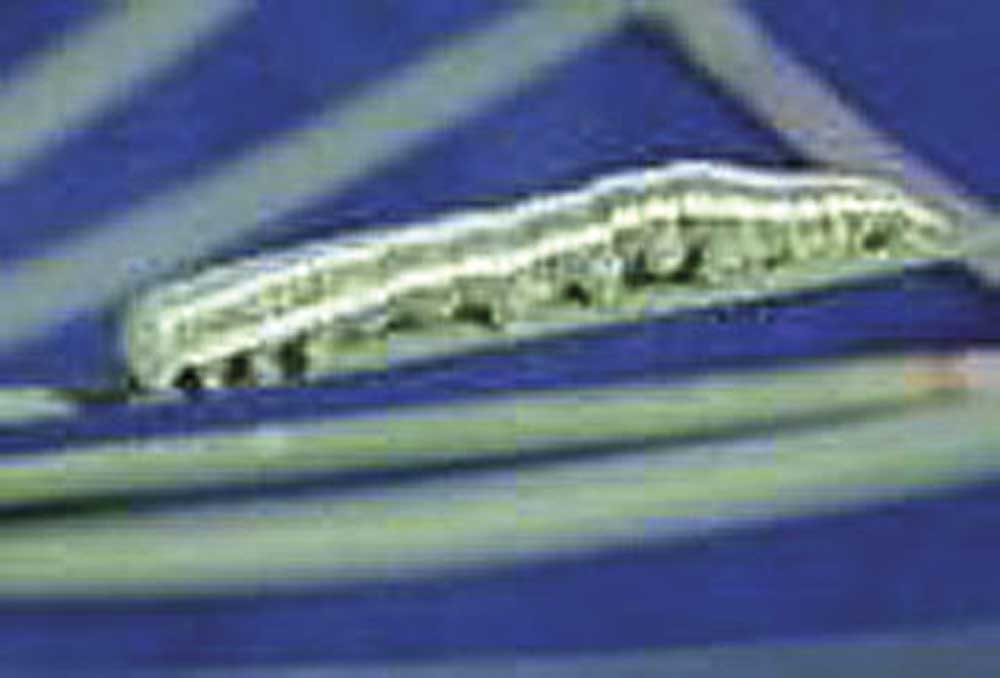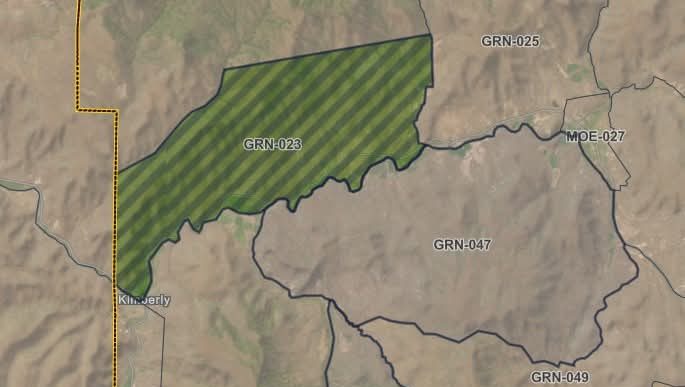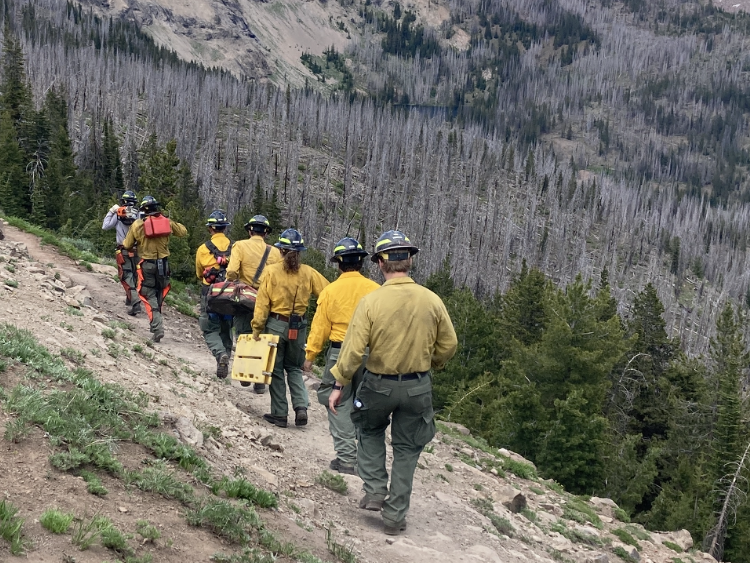Butterflies are back
Published 5:00 pm Monday, August 22, 2011

- <p>The pine butterfly in its caterpillar stage.</p>
JOHN DAY – Forest Service officials estimate the ongoing pine butterfly outbreak, in its fourth year, is affecting trees in an area equal to about 6 percent of the Malheur National Forest.
Trending
The signs of the outbreak – pine defoliation ranging from light to heavy – have prompted alarm among residents and forest visitors.
“We understand the concern our communities have regarding this outbreak and appreciate the calls we have received helping us to identify where these butterflies are located on the Forest,” said Teresa Raaf, Malheur Forest supervisor. “We continue to monitor the defoliation on the forest and are working with Oregon Department of Forestry to identify affected areas.”
The butterflies are native to the region and most recently showed up on the Malheur National Forest in 2008.
Trending
They begin flying in August, lay eggs in August and September which overwinter and hatch into caterpillars in the spring.
The caterpillars feed on ponderosa pine, white pine, and lodgepole pine needles, starting with older needles. When populations are high, they may consume the new needles.
The caterpillars become small white butterflies that are seen flying around pine trees, where they mate and deposit eggs on current-year foliage.
While tree health and vigor prior to defoliation plays a role in a tree’s survival of an attack, the percent of canopy actually defoliated is the most important factor.
Forest officials said that although many of the affected trees may appear dead or dying, they may not be dead and should not be cut as dead firewood or for any other use.
Typically, outbreaks last two to five years before the population boom crashes from a combination of larval starvation, predation, parasitism, and disease.
In 2010 the Forest Service Blue Mountains Pest Management Service Center installed long-term monitoring plots. Personnel from the Emigrant Creek and Prairie City Ranger Districts conducted a ground survey and produced a map showing moderate to heavy defoliation on approximately 68,000 acres.
It is currently estimated that an additional 32,000 acres on the Prairie City and Emigrant Creek Ranger Districts have experienced light to heavy defoliation.
The first recorded pine butterfly outbreak on the Malheur National Forest occurred between 1908 and 1911, with subsequent outbreaks reported in the early 1940s and 1980s. Historic records indicate that past outbreaks, though widespread, were not very damaging to the forests.
A link for more information is at www.MyEagleNews.com.









